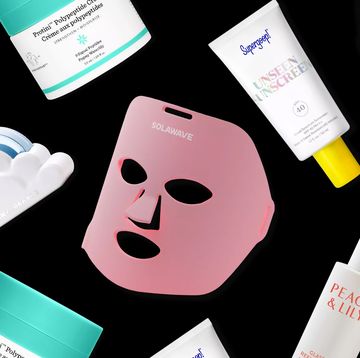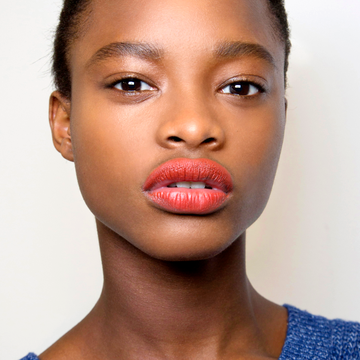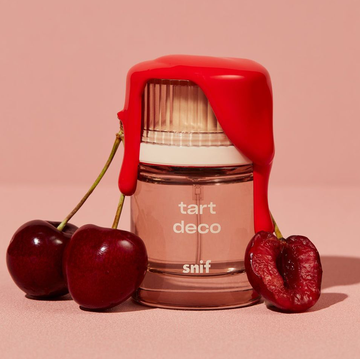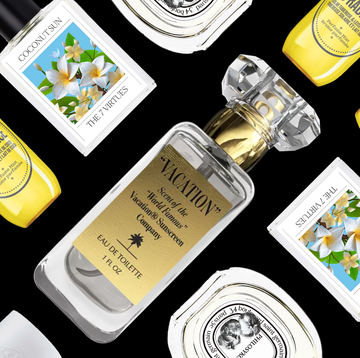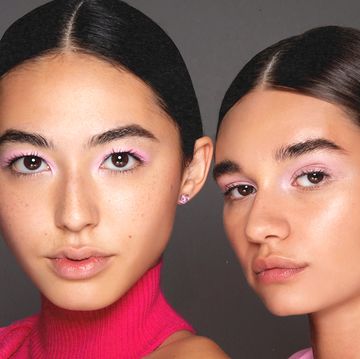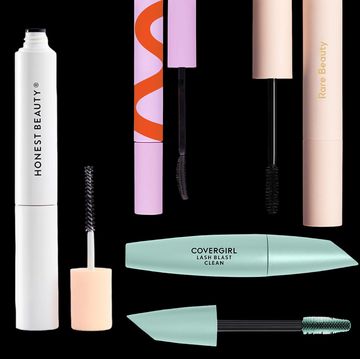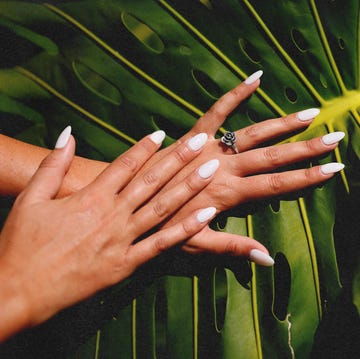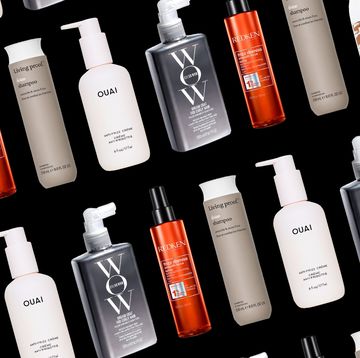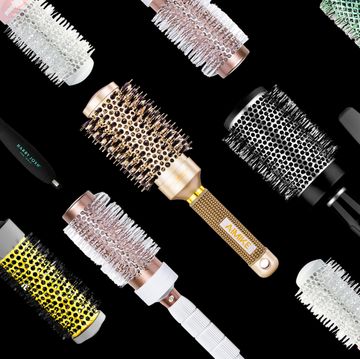As much as we'd love to agree with Elle Woods that the rules of hair care are simple and finite, there are plenty of ways you may be harming your precious strands without even knowing it.
1. Using Old Styling Tools
You want to make sure to clean out those hairy brushes, which are breeding grounds for germs and old residue — things no one wants in their hair. "Remove the hair from the brush after each styling session," advises Elizabeth Cunnane Philips, a New York-based trichologist. Once a month, clean brushes and combs with a little baking soda and water, dissolving well, soaking for a couple of minutes, and rinsing thoroughly. The baking soda removes oils and products that can get stuck in the bristles.
2. Using a Rough Elastic
It's not 1995, but the scrunchie could be making a comeback. The best type of elastic to use in your hair is something covered in fabric — a dense, thin hair tie can irritate your strands, causing breakage if pulled too tightly. If you just want to get your hair out of your face, try gently pulling it back using bobby pins or claws. Anything too tight is damaging, so try to think loose.
3. Infusing Hair With Too Many Chemicals
Too many artificial chemicals are bad for any part of your body — and your hair is no exception. Too much coloring, keratin-ing, and relaxing can cause breakage and damage. Make sure you keep the number of chemical processes to a minimum, and consider establishing a routine that involves preemptive care before undergoing chemical treatments, like a scalp mask or an elasticizer— a pre-shampoo protective treatment — a couple days prior to visiting the hairdresser, says Phillips. When you do arrive at the salon, always tell your stylist about any prior treatments, even if they didn't work out. The damage could still be there.
4. Setting the Heat Too High
Excess heat strips hair of its natural moisture, causing your cuticles to dry and snap off — leading to some thirsty-looking strands. That's why we're told not to turn the heat all the way up on our styling tools, but how do you know how hot is too hot? To start, don't turn the dial above "medium." Phillips also suggests holding a blow-dryer up to the back of your hand. If your skin feels comfortable, you've found a good setting. If you have seriously stubborn hair and need to use extra heat, always make sure you're using a heat protectant. And as a rule of thumb, the less heat, the better, so try to style your hair when it's as dry as possible — don't blow-dry when it's dripping wet. Instead, wait until it's damp.
5. Skipping Heat Protectant
You've heard it over and over again, but for good reason. "Heat protectant spray is important to prevent damage to the hair shaft," says Phillips. "It will help the shaft maintain moisture and prevent excess breakage by coating and moisturizing your strands." Spritz it on damp or dry hair from around 6 inches away right before you begin heat styling with a blow-dryer, curling iron, or flat iron. Make sure it coats each section that is going to be exposed to heat, but not so much that your hair is sopping wet again. A light spray will do the trick.
6. Going Too Long Between Haircuts
While picking split ends might be a great procrastinating tool, it's also a wake-up call that you're due for a trim. Over time, split ends tend to divide into even bigger split ends, causing your hair to thin and weaken. To keep hair looking healthy — and whole — try cutting 1/2 inch off your ends every month, or every other month if you're trying to grow hair long. Dead ends don't add to your length anyways, so trimming them gives your hair a chance to reboot.
7. Brushing From the Roots Down
Brushing your locks from top to bottom can cause snags and breakage. To go about it in a gentler way, divide your hair into 3-to-4-inch sections and smooth from the bottom up. To do this, grab hair a few inches from the bottom, and brush down from where your hand is. Move your hand up a few inches and repeat the process until you get to the roots. This way, there's not one long stroke from the top to the bottom, but little baby strokes that are way gentler.
8. Handling Wet Hair Roughly
When hair is wet, cuticle scales can lift, making moist strands more delicate and more susceptible to breakage and split ends than dry hair. Make sure you always smooth damp hair with a wide-tooth comb — using a brush or narrow-tooth comb can be too rough because it pulls too harshly, causing snaps and breakage. The same goes for towel-drying, which can lead to ripping or breaking the strands if you rub too hard.
9. Slathering on Too Many Products
The last things you want to do are cause build-up and strip your hair of its natural oils. If you have fine hair, your locks will end up weighed down, creating the opposite effect of what you're trying to achieve. On natural hair, too many products can create dry strands by overcoating the cuticle and preventing moisturizing serums from getting to the center. And while thicker hair takes to products a bit better, start with less product than you think you need, building up if that amount isn't doing the trick. Every woman needs heat protectant, dry shampoo for greasy days, and shine serum for frizzy days. If you want to use additional products or are unsure if you're putting too much in, try applying products to wet hands to thin them out a little — you can always add more.
10. Keeping the Same Shampoo for Changing Hair
Most women seem to think that they need to routinely switch their shampoo in order to keep locks from building up a tolerance to product. Not true, says Philips, adding that you need to "change your shampoo when hair circumstances change, for example, if color or highlights have been added." Additionally, many women tend to experience some type of hair loss during pregnancy. When this happens, try switching to a shampoo and conditioner for thinning hair, which was initially developed for postpartum hair loss.


